Wooden Box Drum Item Number: E233491-0 from the National Museum of Natural History
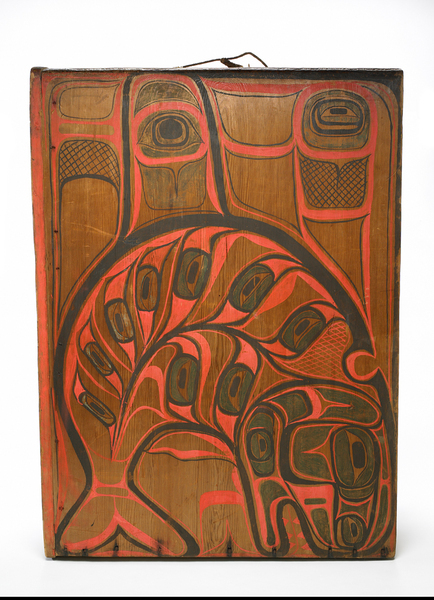
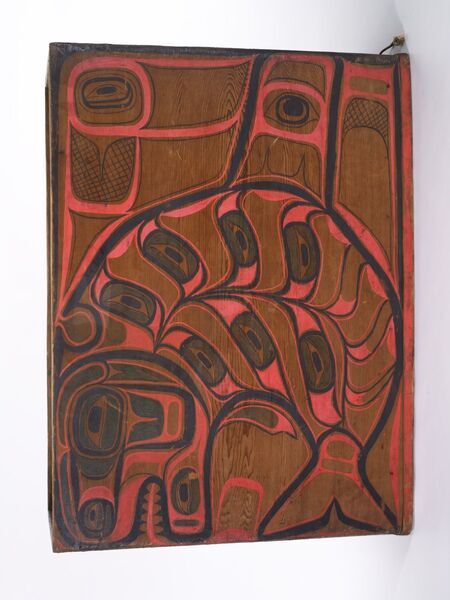
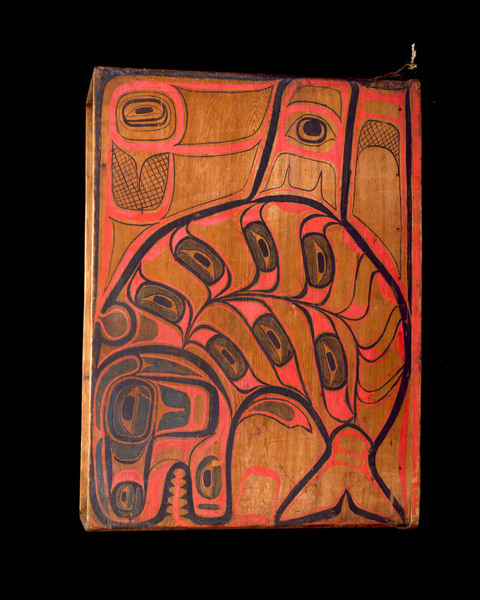
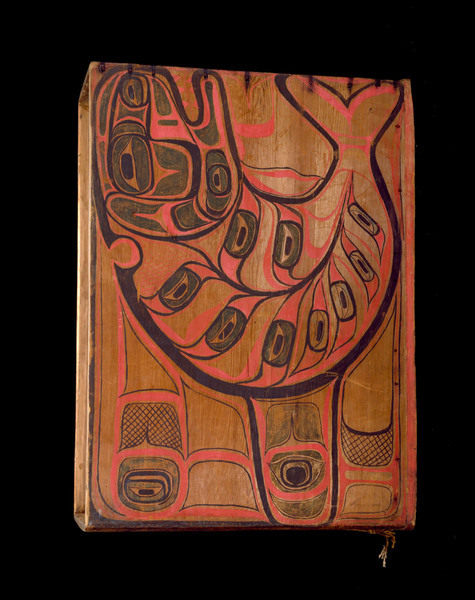
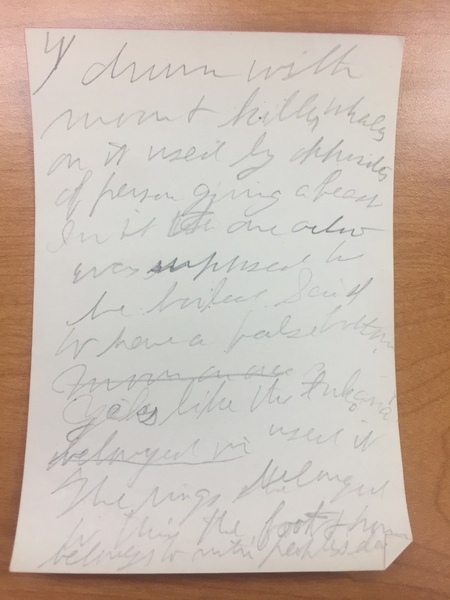
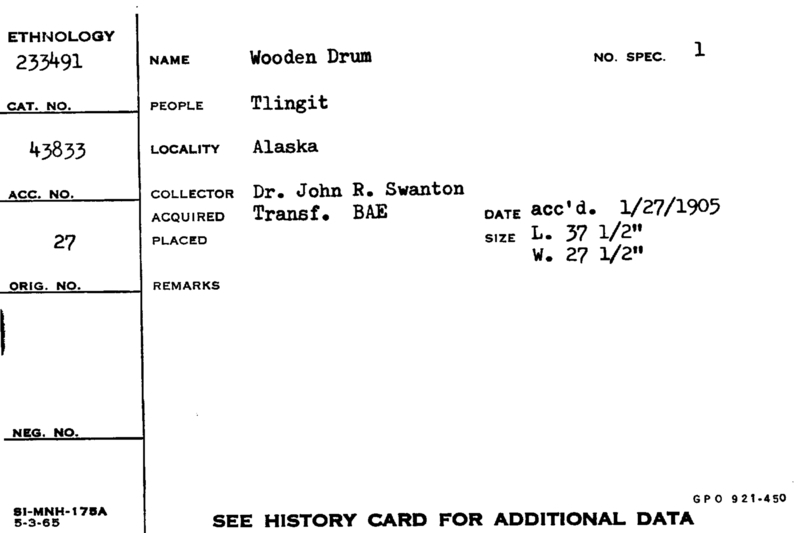
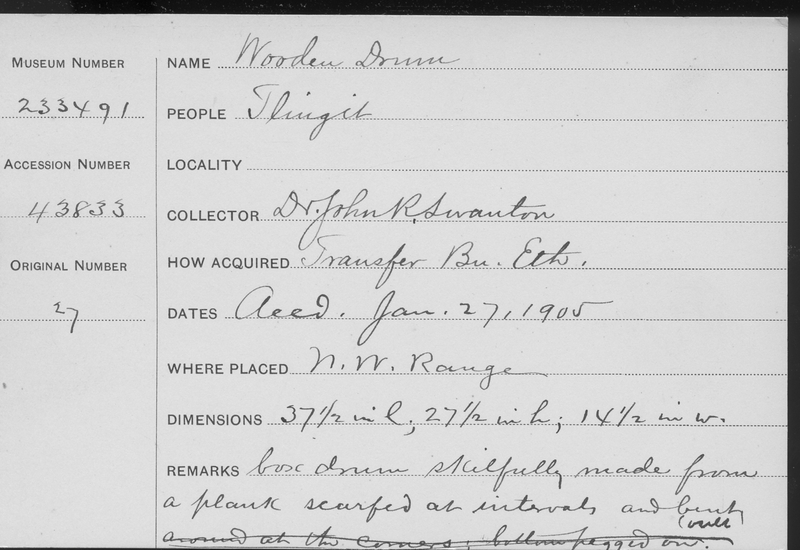
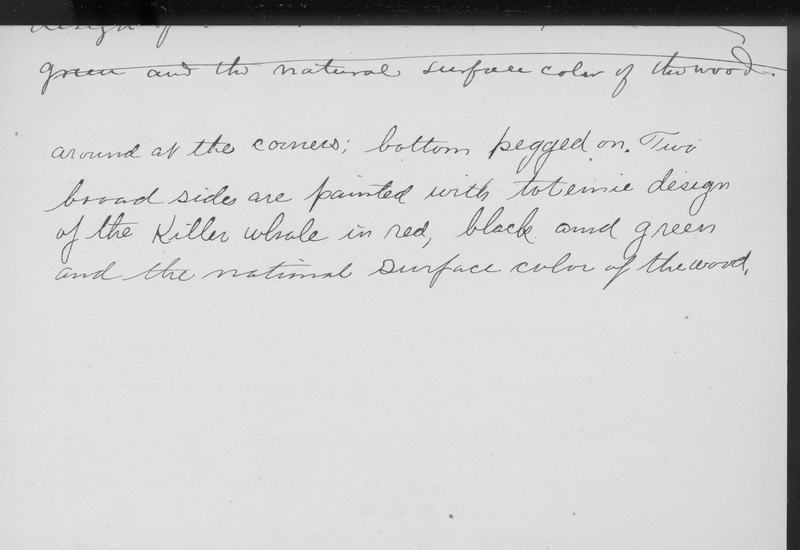
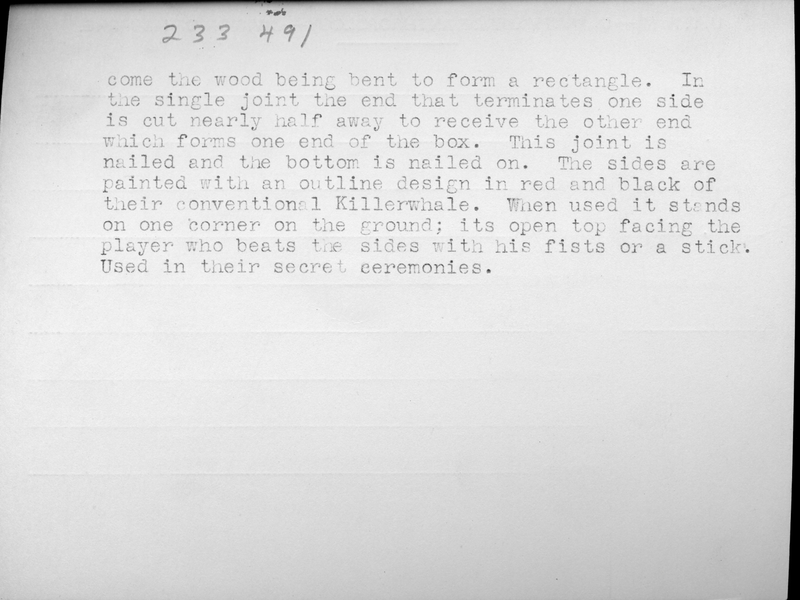
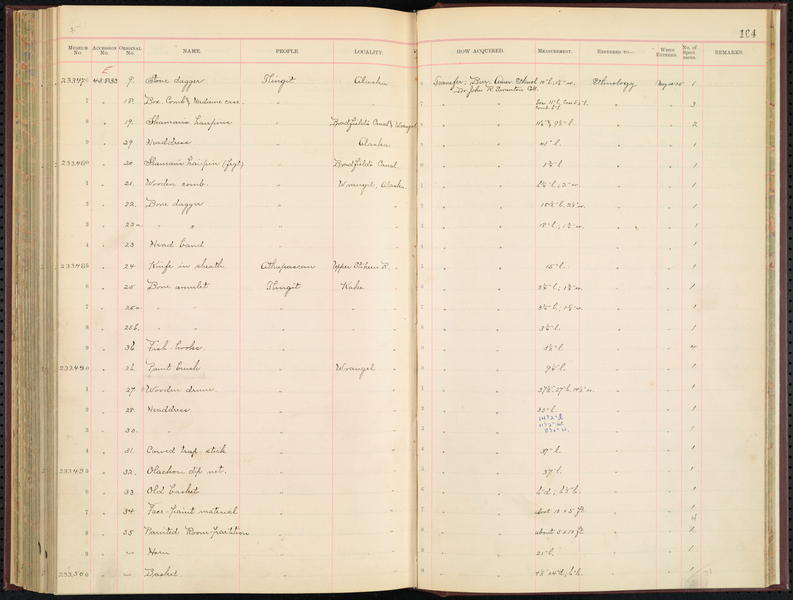
Notes
A box drum. Note re photos: Neg. # 96-20094 shows side 1, and 96-20095 shows side 2, of this box drum's painted sides.Per Repatriation Office research, as reported in the Tlingit case report (Hollinger et al. 2005), this drum was purchased by John R. Swanton from Mrs. Robert Shadesty in Wrangell, Alaska in 1904.This object is on loan to the Anchorage Museum at Rasmuson Center, from 2010 through 2027.Source of the information below: Smithsonian Arctic Studies Center Alaska Native Collections: Sharing Knowledge website, by Aron Crowell, entry on this artifact http://alaska.si.edu/record.asp?id=304 , retrieved 12-30-2011: Box drum Drums sound out the heartbeat of grief, as expressed in the Killer Whale mourning song. Box drums accompany singing during funerals and at the memorial ku.éex' (memorial potlatch) ceremonies that come later. The box drum is a wide plank of red cedar, steamed and bent at the corners, with a separate top piece attached by nails. The painted design represents the Killer Whale. Box drums were traditionally suspended from the ceiling of a lineage house and played by young men; the technique is to hit the inside with fist or fingers to vary the volume and tone.Listed on page 44 in "The Exhibits of the Smithsonian Institution at the Panama-Pacific International Exposition, San Francisco, California, 1915", in section "Arts of the Northwest Coast Tribes".
Item History
- Made in Wrangell, Wrangell Island, Alaska, USA
- Collected by Dr. John R. Swanton in Wrangell, Wrangell Island, Alaska, USA during 1904
- Received from Bureau Of American Ethnology on January 27, 1905
What
- Name
- Wooden Box Drum
- Identification Number
- E233491-0
- Type of Item
- drum
Who
- Culture
- Tlingit
- Field Collector
- Dr. John R. Swanton
- Received from
- Bureau Of American Ethnology
Where
- Holding Institution
- National Museum of Natural History
- Made in
- Wrangell, Wrangell Island, Alaska, USA
- Collected in
- Wrangell, Wrangell Island, Alaska, USA
When
- Collection Date
- during 1904
- Acquisition Date
- on January 27, 1905
Other
- Accession Number
- 043833